Crotonaldehyde CAS:123-73-9
| Catalog Number | XD95987 |
| Product Name | Crotonaldehyde |
| CAS | 123-73-9 |
| Molecular Formula | C4H6O |
| Molecular Weight | 70.09 |
| Storage Details | Ambient |
Product Specification
| Appearance | White powder |
| Assay | 99% min |
Crotonaldehyde is an organic compound with the chemical formula C4H6O. It is a colorless liquid with a pungent odor and is known for its diverse effects and applications. In this article, we will discuss the effects of Crotonaldehyde.One of the most notable effects of Crotonaldehyde is its toxicity. It is considered to be a highly reactive and hazardous compound. Exposure to Crotonaldehyde can result in irritation of the respiratory system, eyes, and skin. Prolonged or excessive exposure may lead to more severe health effects, including respiratory problems, central nervous system effects, and even cancer. Therefore, it is crucial to handle Crotonaldehyde with caution and follow appropriate safety measures when working with this compound.Apart from its toxicity, Crotonaldehyde also has several other effects and applications. It is commonly used in the manufacturing of various chemicals and products. It is a precursor in the synthesis of pharmaceutical compounds, such as pyridines, pyrimidines, and heterocyclic compounds. Crotonaldehyde can also be used as a starting material in the production of fragrances, flavors, and additives used in the food and beverage industry.Furthermore, Crotonaldehyde is a versatile intermediate in organic synthesis. Its reactive nature allows it to undergo different chemical transformations to yield a wide range of derivatives. For example, it can be converted into crotonic acid, which has applications in the production of polymers and coatings. Crotonaldehyde can also undergo aldol reactions to form various aldol adducts that are useful in organic synthesis.Additionally, Crotonaldehyde has been investigated for its potential antimicrobial activity. It has shown promise in inhibiting the growth of bacteria and fungi, making it a possible candidate for developing antimicrobial agents or preservatives. However, further research is needed to fully understand its antimicrobial mechanisms and determine its effectiveness in different applications.In conclusion, Crotonaldehyde is a compound with diverse effects and applications. While it possesses toxic properties and should be handled with caution, it also has uses in pharmaceutical manufacturing, organic synthesis, and potentially as an antimicrobial agent. Nonetheless, it is important to note that its usage and handling should always comply with safety regulations and guidelines, and further research is required to explore and optimize its beneficial applications.


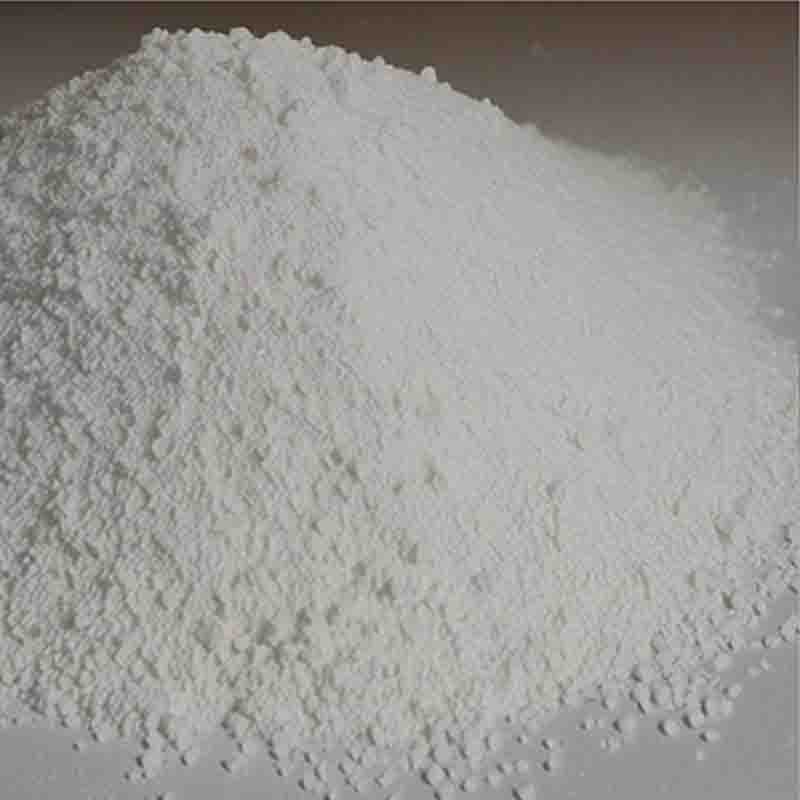

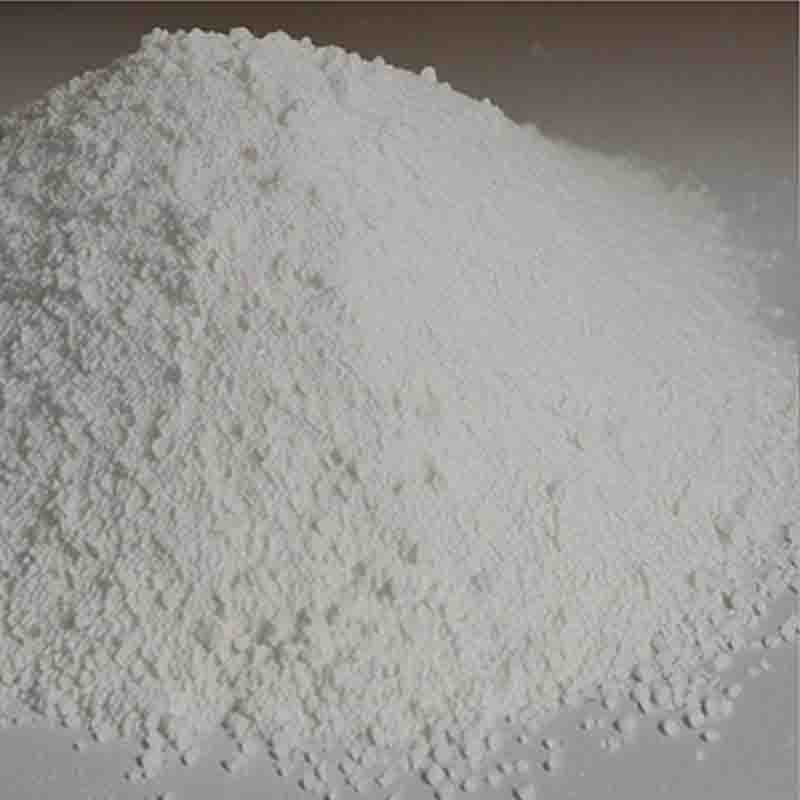
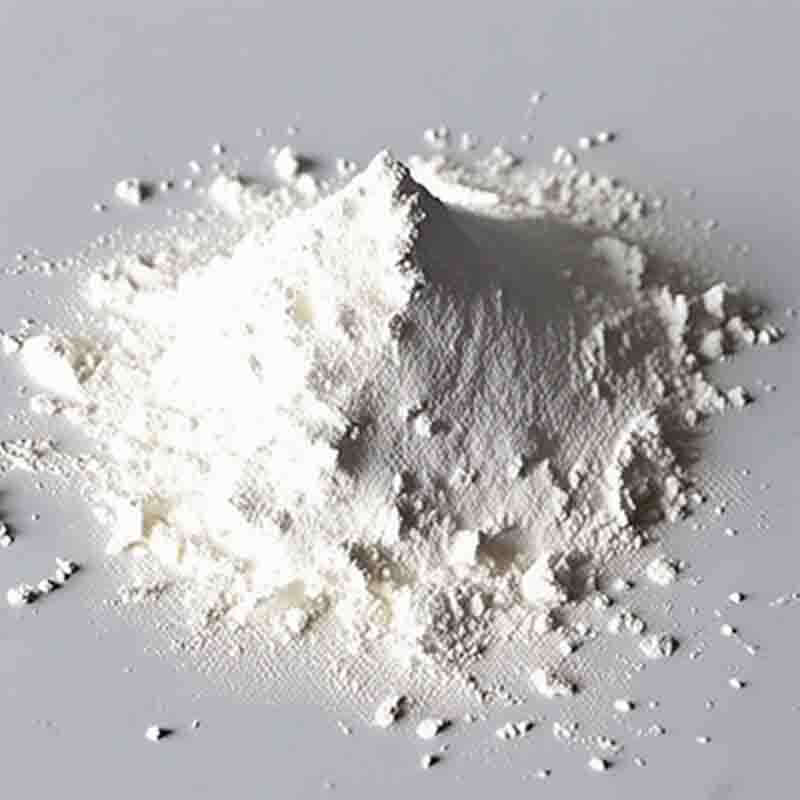
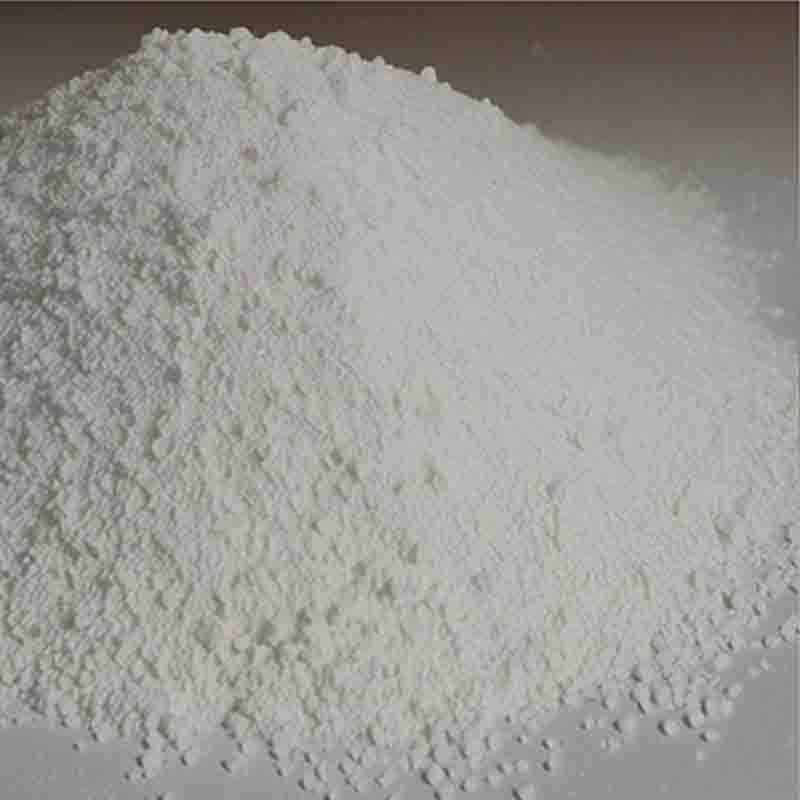
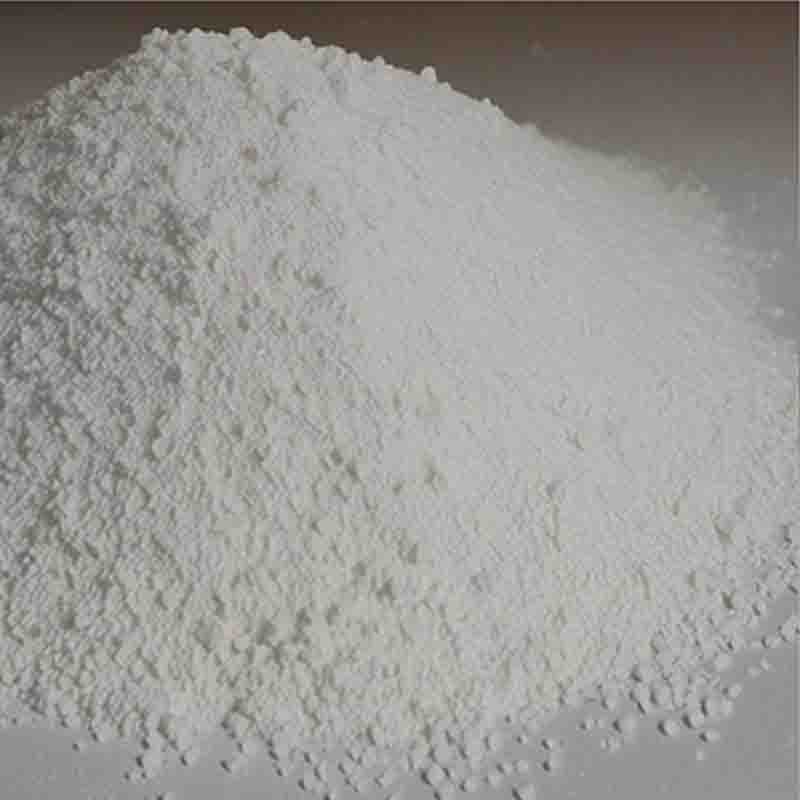
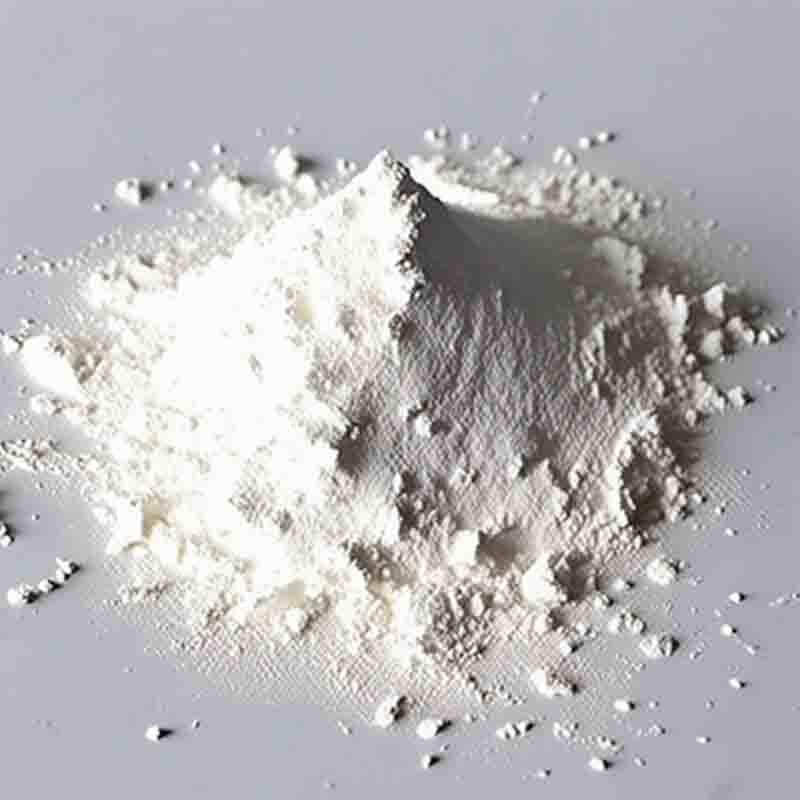
![3-[(3-AMINO-4-METHYLAMINO-BENZOYL)-PYRIDIN-2-YL-AMINO]-PROPIONIC ACID ETHYL ESTER CAS: 212322-56-0](https://cdn.globalso.com/xdbiochems/白色粉末1219.jpg)